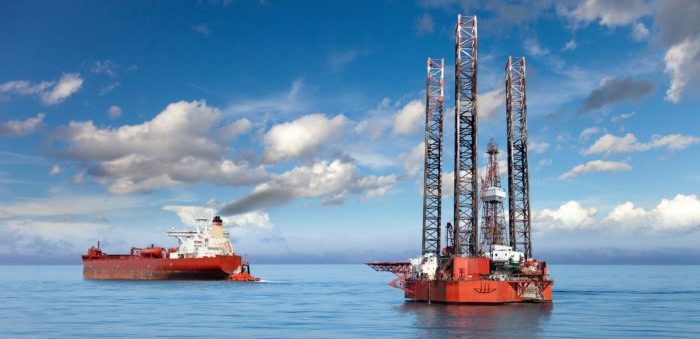Offshore oil and gas operators in the Gulf of Mexico have been evacuating platforms and rigs, in response to Tropical Storm Harvey, according to the Bureau of Safety and Environmental Enforcement (BSEE) Hurricane Response Team.
Based on data from offshore operator reports submitted to BSEE as of 28 August, personnel have been evacuated from a total of 98 production platforms, 13.3 percent of the 737 manned platforms in the Gulf of Mexico.
Personnel have been evacuated from five rigs (non-dynamically positioned (DP) rig), equivalent to 50 percent of the 10 rigs of this type currently operating in the Gulf.
No DP rigs have moved off location out of the storm’s path as a precaution. This number represents 0 percent of the 21 DP rigs currently operating in the Gulf. DP rigs maintain their location while conducting well operations by using thrusters and propellers, the rigs are not moored to the seafloor; therefore, they can move off location in a relatively short time-frame. Personnel remain on-board and return to the location once the storm has passed.
As part of the evacuation process, personnel activate the applicable shut-in procedure, which can frequently be accomplished from a remote location. This involves closing the sub-surface safety valves located below the surface of the ocean floor to prevent the release of oil or gas.
As informed, during previous hurricane seasons, the shut-in valves functioned 100 percent of the time, efficiently shutting in production from wells on the Outer Continental Shelf and protecting the marine and coastal environments. Shutting-in oil and gas production is a standard procedure conducted by industry for safety and environmental reasons.
From operator reports, it is estimated that approximately 18.94 percent of the current oil production of 1,750,000 barrels of oil per day in the Gulf of Mexico has been shut-in, which equates to 331,370 barrels of oil per day. It is also estimated that approximately 18.12 percent of the natural gas production of 3,220 million cubic feet per day, or 583.39 million cubic feet per day in the Gulf of Mexico has been shut-in.
BSEE said that it is activated and monitoring the operators’ activities. The team will continue to work with offshore operators and other state and federal agencies, until operations return to normal and the storm is no longer a threat to Gulf of Mexico oil and gas activities.
After the storm has passed, facilities will be inspected. Once all standard checks have been completed, production from undamaged facilities will be brought back on line immediately. Facilities sustaining damage may take longer to bring back on line.



























































